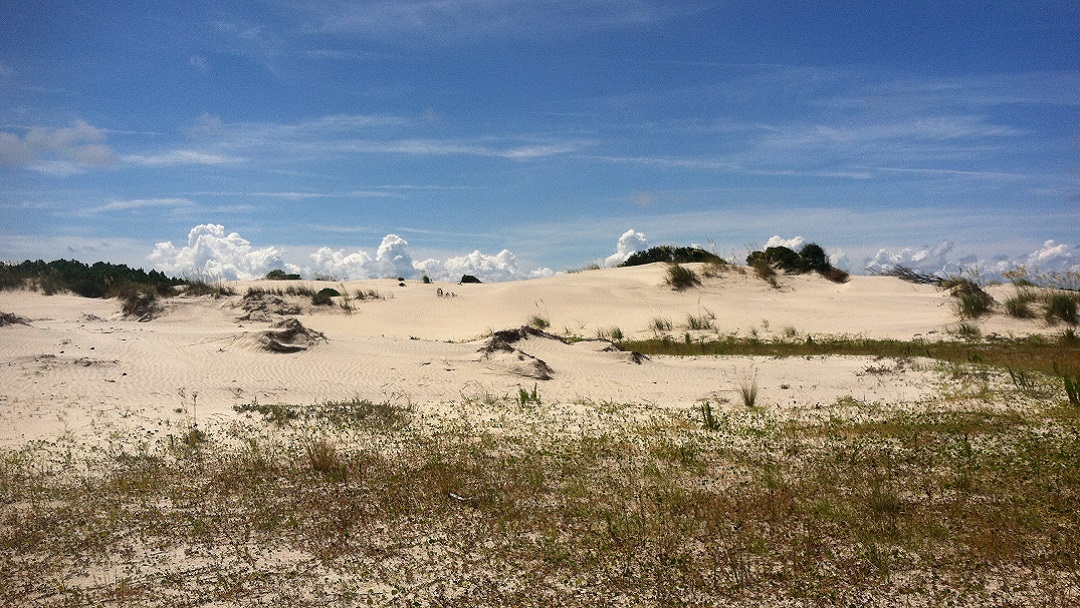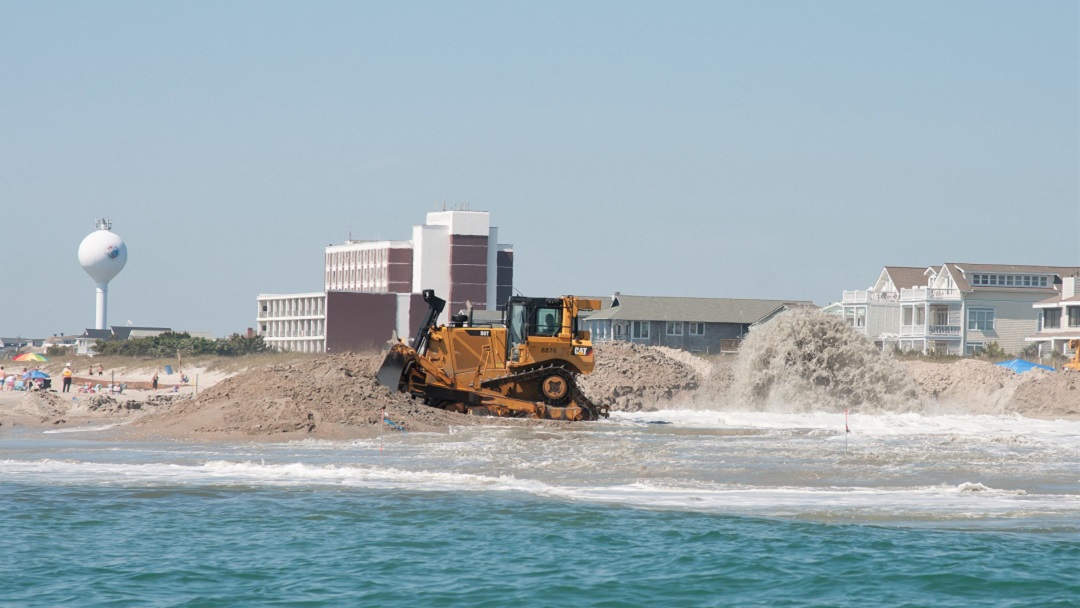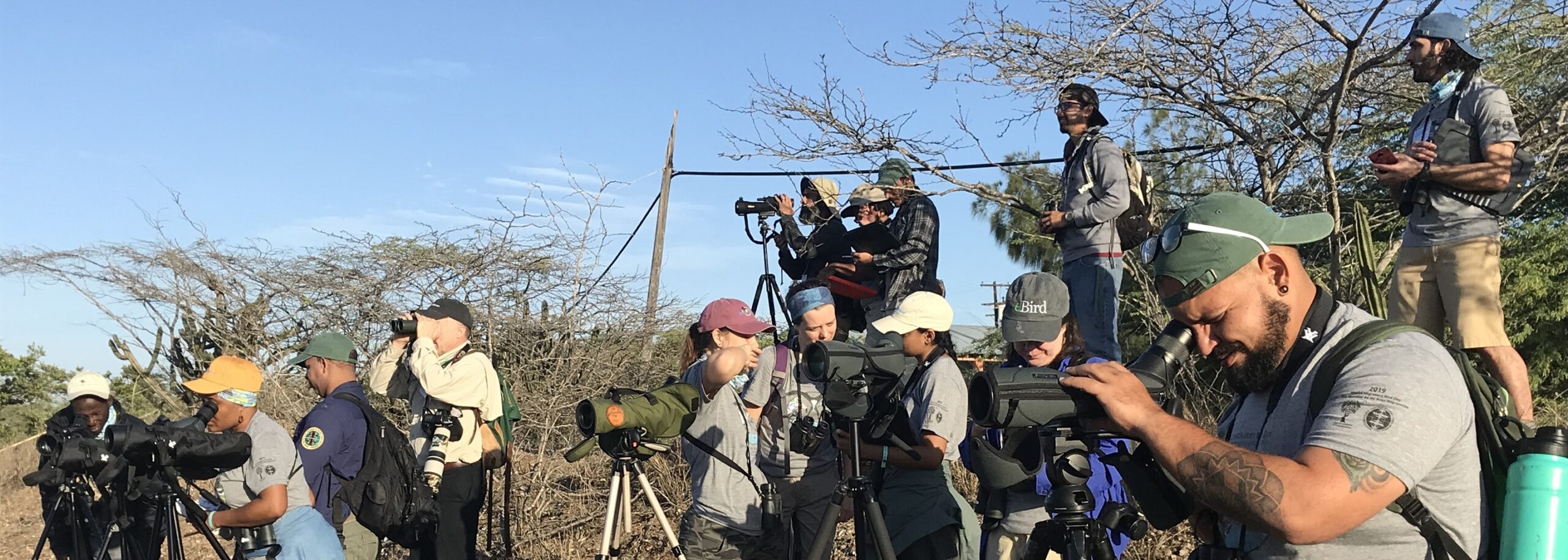Mending nature to benefit wildlife and human communities
For animals that travel tremendous distances — like migratory shorebirds that span continents, or fish that leave ocean life to spawn in rivers and streams — a diverse network of healthy and intact coastal, riverine, wetland, and grassland habitats are critical to ensuring that migratory populations thrive.
At Manomet, our greatest conservation accomplishments involve our ability to work with others, integrating cutting-edge science, targeted management actions, and long-term monitoring to improve habitat. Throughout the Americas, we identify threats to nature and develop measures to alleviate pressure on the most valuable and sensitive ecosystems. Healthy ecosystems and vibrant wildlife populations are critical to ensuring that human communities thrive.
Manomet is committed to understanding these issues and working toward maintaining and restoring resilient habitats to benefit wildlife and people. We have an ambitious goal of implementing improvements on 500,000 acres of priority habitats throughout the Americas. (Header image: Whimbrel in flight over a Massachusetts saltmarsh. Credit: Alan Kneidel.)


ReversinG coastal habitat declines on 1,000 acres of critical habitat in the Georgia Bight.
We are improving at least 1,000 acres of priority habitat over the next three years for shorebirds, sea birds, and other wildlife along the South Carolina and Georgia barrier coasts. By collaborating with local land managers and conducting targeted research, we will implement conservation actions to address threats at specific sites. To do this work, we apply strategies from international conservation plans at the local level to protect critical places and reduce human disturbance to nesting and migrating birds.
Protect and restore tidal zone habitats with engineering best practices.
We are engaging state partners from Maine to Florida to implement habitat improvements that will benefit coastal biodiversity. Working with the Coastal States Organization, the US Army Corps of Engineers, State Coastal Zone Management authorities, state wildlife resource agencies, and the US Fish and Wildlife Service, we are helping to steer sediment management decisions for the parallel outcomes of habitat improvement and coastal community resilience. By increasing our capacity and scope through training and outreach with federal and state partners, we will reach our overall goal of improving 500,000 acres of habitat for wildlife and affiliated coastal communities.

Apply our understanding of climate change impacts on nearshore coastal ecosystems and fisheries productivity to strengthen resource management and conservation.
Productive and healthy coastal and nearshore ecosystems include thriving populations of intertidal invertebrates and fish that use both marine and freshwater habitat. We work holistically with fishers and partner organizations to understand and improve habitat conditions and fisheries productivity in rivers and estuaries to benefit wildlife, fisheries, and people. We are also working to understand coastal invertebrate populations as part of our fisheries and shorebird work, including a focus on Red Knots. A growing area of our shorebirds and fisheries research is employing environmental DNA (eDNA) to monitor the distribution and abundance of species. This eDNA research will inform conservation and management priorities.
Partner and teach across the Americas to improve habitat conditions for shorebirds in natural landscapes.
We will amplify local conservation efforts across North, Central, and South America, focusing our work largely at designated WHSRN sites. Working closely with our Flyways staff in 2021 and 2022, we will be delivering shorebird conservation trainings in Arkansas, Mississippi, Louisiana, and Texas. We are building lasting connections within communities and between countries toward a unified goal of maintaining and restoring imperiled shorebird populations. We are working to grow the number sites where we are teaching local stakeholders (including land managers, wildlife biologists, and community leaders) about shorebirds and the role their area plays in the full life-cycle needs of these birds.




